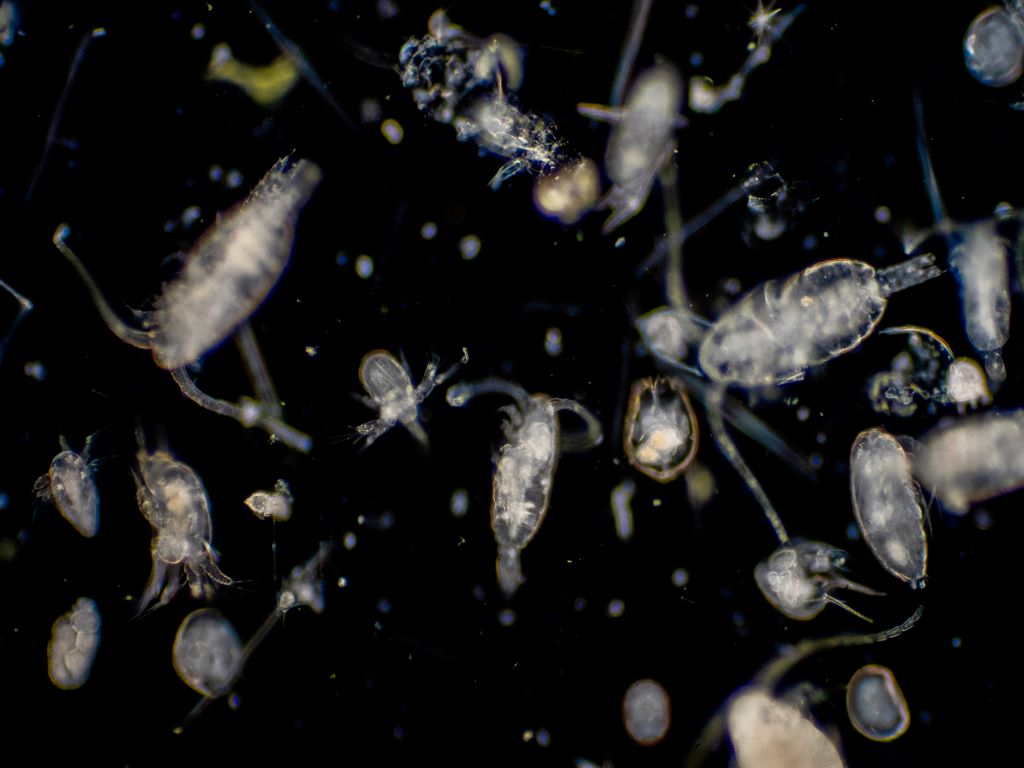Predator and prey relationships and global warming
Predator and prey relationships are affected by global warming since it modifies the organisms’ metabolic rates and the conditions in which the predator-prey interactions happen.

Predator and prey relationships are affected by global warming since it modifies the organisms’ metabolic rates and the conditions in which the predator-prey interactions happen. The metabolic rate of any organism such as a predator basically depends on the concentration of prey in the environment, on its body size, and also on temperature, which determines the rate of biochemical processes (Gillooly et al. 2001).
Higher temperatures increase metabolic rates and the need for energy uptake by predators. Let’s envision a community of ectotherms such as a planktonic community, where we are tracking the abundance of phytoplankton. The predation rate of the zooplankton (e.g, copepods) can be the main factor affecting the mortality rate of the phytoplankton prey species, and predators might have metabolic and feeding rates that increase more as a function of temperature than the prey population growth rate, thus the zooplankton would in this case deplete the prey food source.
For example, copepods that graze on phytoplankton have a feeding rate that follows a pattern as a function of temperature that differ from the growth rate pattern of the phytoplankton prey, therefore affecting the relationship between predator and prey (e.g., Almeda et al. 2010; Garrido et al. 2013). In short, global warming changes the metabolic rate and predation behavior of predators, affecting prey populations and vice versa.
On the other hand, body size also affects predator-prey interactions. For example, larger predators compared to the size of prey eat more prey (i.e., higher body size ratios between predators and prey; Emmerson and Raffaelli, 2004). Also, in general larger predators have a higher risk of extinction; now even more due to human activities (Enquist et al., 2020). A prominent signal of the Anthropocene is the extinction and population reduction of the megabiota—the largest animals and plants on the planet. In this paper they extended metabolic scaling theory and use global simulation models to demonstrate that megabiota are more prone to extinction due to human land use, hunting, and climate change. But body size is also affected by temperature. The temperature–size rule states that ectotherms that develop at higher temperatures are relatively smaller as adults than when they develop at lower temperatures. There is plenty of evidence for this rule in multiple taxa (Kingsolver, J. G., and R. B. Huey. 2008. Size, temperature, and fitness: three rules. Evolutionary Ecology Research 10:251-268).
There is strong empirical support for “Hotter is smaller”, primarily for terrestrial insects, reptiles, and annual plants. Hotter is smaller describes phenotypic plasticity of a genotype. Thus, temperature not only affects metabolic and predation rates, but the body size of the prey and the predator, which also then changes the predator-prey dynamics.
For example, not only warming may increase predation rates due to higher metabolic rates, but if warming decreases more the prey body size than the predator one, predation rates may also increase due to a higher body size ratio.
On recent work, researchers performed experiments to observe the combined effects of warming and body size on the stability of predator-prey interactions. They experimentally tested how water temperature alters the functional response and population stability of dragonfly nymphs (Cordulegaster boltonii) feeding on freshwater amphipods (Gammarus pulex) with different body size ratios (Check the Case at speciesconnect.com) .
Their findings demonstrate interactive effects of warming and body mass on the mechanistic components of predation, particularly attack coefficients and handling times. Although experiments were only performed in one pair of species, this paper provide insights into the destabilizing effect of warming on trophic interactions.

